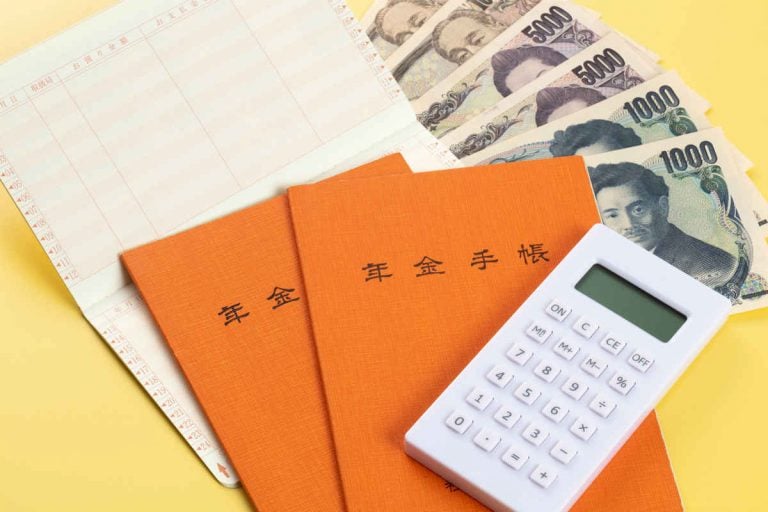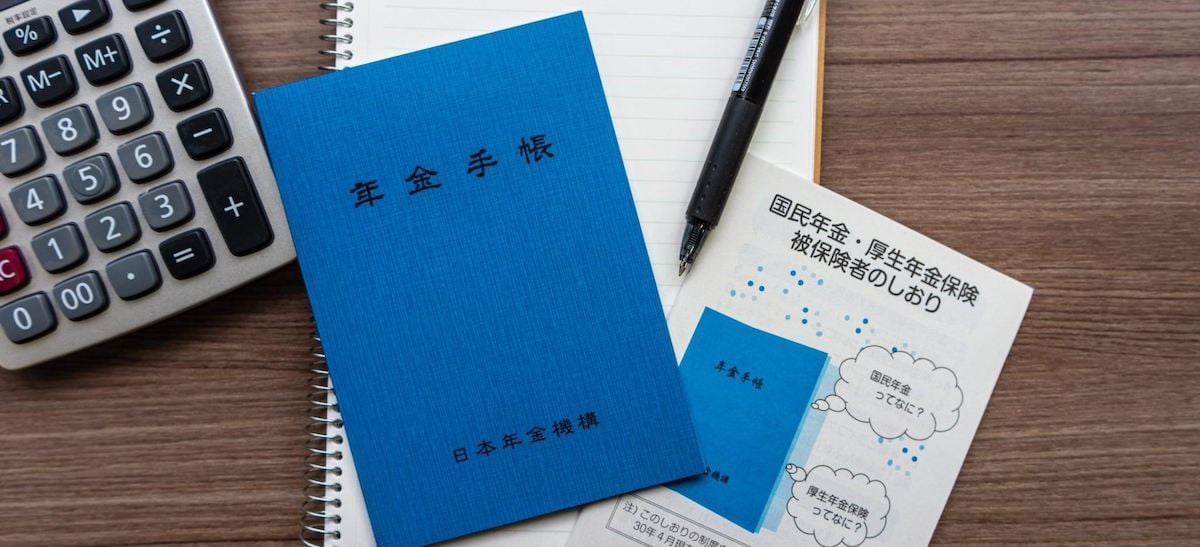
Living and working in Japan can be a rewarding experience for anyone wishing to expand their horizons, and a chance to experience a new culture from within. Should you choose to turn your time in Japan into a career and a new life, the good news is that foreigners are in no way exempt from Japans pension system. This makes retiring in Japan feasible, so long as you can organize your visa. However, if you are just after an experience and intend to return home eventually, you will still need to make mandatory pension payments. Fortunately there is a way to claim most of this money back, and in certain cases transfer it to your own countries pension system. Today we are going to look at your options, and how you can proceed.
The Japanese Pension System
First of all, a quick overview of the Japanese pension system. There are actually two systems in play in Japan, the public “national” system (国民年金) and the “employees” system. The math is a little different for each. Essentially (legally) you will be enrolled into the better “employees” system if you are employed as a full time worker, and the other if you are not.
The national pension system requires you to pay ¥16,540 per month. The employee pension is calculated according to your salary, at around 20% (split 10%/10% with your employer). After paying into the system for 10 years, you are eligible to receive payments after retiring.
Am I eligible for a refund?
To be eligible for a pension refund (Lump-sum Withdrawal Payments) there are a few criteria. You must;
- Not be a Japanese national
- Not have an address in Japan
- Not hold a valid Japanese visa
- Have paid more than six months’ worth of pension
- Be within two years of the last payment
The second criteria requires you to have correctly moved out of Japan before coming home. This means visiting the municipal office before leaving and submitting the correct forms. If you still have a valid unexpired visa, you will need to have it canceled.

How much can I get back?
The national pension system
The amount you receive will depend on the number of months paid, and the month and year that the last payment was made. The figures for a last payment being having made between April 2020 and March 2021 are as follows.
| Months | Amount |
| 6 – 11 | ¥45,750 |
| 12 – 17 | ¥91,500 |
| 18 – 23 | ¥137,250 |
| 24 – 29 | ¥183,000 |
| 30 – 35 | ¥228,750 |
| 36 or more | ¥274,500 |
A few things worth noting are that amount refunded is in brackets. You will receive the same amount for six months paid as for eleven months, even though there is an ¥82,700 difference in what you actually paid(16,540×5). More importantly, the maximum refund amount is 36 months. Therefore after paying for three years, you should probably think about what your long term intension are.
The employee pension system
The amount will depend on the number of months paid into the system, and is calculated with a formula.
Your payments amount = (ASR)(multiplier).
If the last month paid in was from September 2017, the multiplier value in the following formula can be found in the table below.
| Months | Multiplier |
| 6 – 11 | 0.5 |
| 12 – 17 | 1.1 |
| 18 – 23 | 1.6 |
| 24 – 29 | 2.2 |
| 30 – 35 | 2.7 |
| 36 or more | 3.3 |
The ASR, or Average Standard Remuneration, value is calculated as thus;
Total amount of your monthly remunerations and bonuses for all covered months / Your total coverage periods (number of months)
So for example, lets look at the case that you received a salary of 3 million yen for a year in which you paid into the employee pension system. The formula would be,
(3000000/12)(1.1) = 275,000 yen
Again note that the multiplier halts at 36 months, which means a maximum refund is at 3 years.
Tax on pension payments
A Lump-sum Withdrawal Payment from the Japanese Pension Service will incur a 20% tax. The good news is that this can also be refunded.
How to apply for a pension refund
The application process requires you to obtain an “Application for the Lump-sum Withdrawal Payments(National Pension / Employees’ Pension Insurance” form, fill in the details, then send it to the Japanese Pension Service. The money will be remitted into a specified account. The money is generally sent in the local currency of the account. The form itself and instructions on how to fill it out can also be found on the official website.
Here is a summary.
- Assign a tax agent in Japan. This is done with the following form. (English translation)
- Leave Japan correctly (hold no visa or address)
- Download and fill out “Application for the Lump-sum Withdrawal Payments” (page 13)*
- Wait
- After receiving a “Notice on Payment of the Lump-sum Withdrawal Payment (Entitlement)” and the money, send the original copy of this form to your tax agent in Japan
- Have your tax agent file an Income Tax Return in Japan as your proxy. Your tax agent will need to specify the account for the refunded money to be deposited into, so make sure to inform them of this as well
*Make sure to attach all required documents.
Now you know how to receive a pension refund from the Japanese Pension System. I hope this information will be helpful to you.














